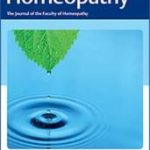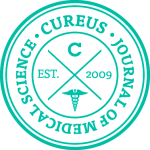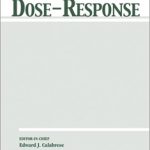Iris R Bell
The Complexity of the Homeopathic Healing Response Part 1: The Role of the Body as a Complex Adaptive System in Simillimum-Initiated Recovery from Disease
Homeopathy, 2020, 109 (2), 42-50

Background – The concepts of complex systems science enhance the understanding of how people develop and recover from disease. Living systems (human beings, animals, and plants) are self-organizing complex adaptive systems (CAS): that is, interconnected networks. CAS maintain life by initiating and carrying out non-linear dynamical changes to optimize survival fitness and function in the context of an ever-changing environment. Aims – In Part 1 of this two-part paper, we relate concepts from complex systems science to homeopathic healing. The systemic changes of homeopathic healing involve adaptive patterns of responses to salient signals (similia) for reversing disease patterns and generating emergent multi-symptom healing over time. Methods and Results – This narrative review relates homeopathic clinical practice theory to complex systems and network research. Homeopathic medicines communicate individually salient environmental information to the organism, with effects that are multi-system and indirect. The body’s defense mechanisms recognize the self-similar information that the correctly chosen simillimum medicine at low dose conveys as a weak external/internal environmental stressor or danger signal (hormetin) to mobilize neural and cellular defenses. The body networks then use endogenous cell to cell signaling and amplify the small magnitude signal information. The results are disproportionately large: that is, non-linear, adaptive, modifications across the inter-connected self-organized biological networks/sub-systems of the body. CAS amplification mechanisms for small or weak signals include stochastic resonance, time-dependent sensitization, and hormesis. Conclusions – The body as a complex system has the capacity for self-organization, emergence and self-similarity over global (overall health and wellbeing) and local (organ) levels of organization. These features are key for future research on the systemic healing that evolves over time during individualized homeopathic treatment.








Lascia un commento
Devi essere connesso per inviare un commento.